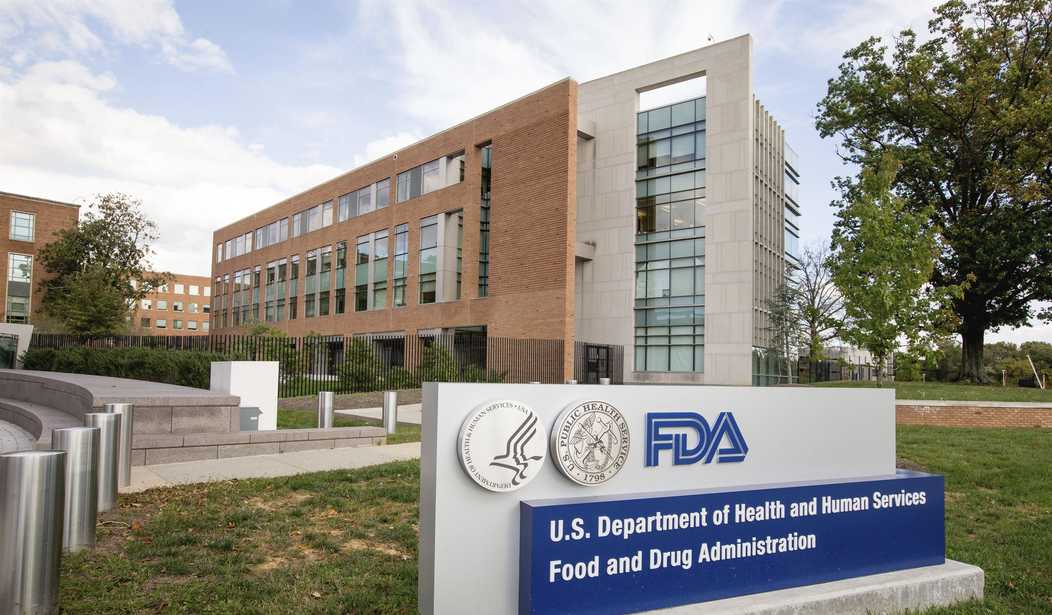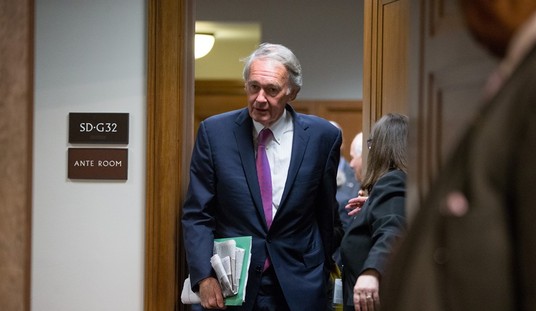During a recent 60 Minutes interview, President Biden declared that the Covid pandemic “is over.” However, the president’s own senior health officials quickly noted that hundreds of people are still dying every day, and the virus is still able to evolve into new variants that will “defy standard public health mechanisms for addressing an outbreak.”
Moreover, it’s expected that the Department of Health and Human Services (HHS)) will renew its public health emergency declaration past the current October 13 deadline.
The COVID-19 pandemic has caused untold human suffering, significantly impaired children’s learning, inflicted extensive economic damage, and put enormous pressure and stress on our nation’s healthcare infrastructure.
While extending the public health emergency raises many complicated and controversial issues, one of the bright spots of the federal emergency response has been agencies granting federal “flexibilities” in law and policy, thus reducing government delays and red tape.
Most people are probably familiar with the relatively easy availability of telehealth during the pandemic. Today, many states have made flexibilities around telehealth permanent.
However, many more temporary policies should be considered for permanent status.
For example, the U.S. Food and Drug Administration (FDA) temporarily allowed marketing of medical devices that had not undergone FDA’s premarket process – so long as manufacturers adhered to various clearly articulated requirements. Manufacturers could also market devices for new or different populations, such as pediatric patients, and make “limited” modifications to FDA-cleared devices, without getting additional FDA approval.
Recommended
These flexibilities were aimed at manufacturers of medical devices critically needed during the crisis. The government’s temporary “enforcement discretion” provided much-needed solutions to serious problems, including device shortages, manufacturing and supply chain issues, and exposure to diseases.
It was clearly the correct policy to make it easier and faster to bring vital products to frontline workers and patients during the pandemic – including personal protective equipment, ventilators, infusion pumps, non-invasive remote patient monitoring devices, respirators, and non-invasive fetal and maternal monitors and imaging devices.
But good policy during a pandemic can also be good policy all the time.
As we enter the “new normal,” many of these temporary changes should be made permanent – thereby maintaining the nation’s nimbleness in responding to rapidly changing circumstances, while continuing to balance risks and benefits appropriately.
Unfortunately, FDA anticipates revoking flexibilities and returning to “normal operations.” Per FDA draft guidance regarding transition plans for Covid-19 related medical devices, once flexibilities are withdrawn, the same manufacturers whose products are now available would only have 180 days to meet the “regular” FDA requirements.
This would this impose enormous time pressure on manufacturers, who will have to navigate sometimes confusing government bureaucracy. Further, the same manufacturers whose products are available today could be subject to civil and criminal penalties for failing to comply with the “regular” rules and policies.
To cite just one example, in order to continue marketing a product, manufacturers may need to collect performance data – test results from engineering and bench testing, design verification, human factors testing, animal testing and even clinical studies – before they will meet the revived FDA requirements.
Depending on various circumstances, it may not be possible to collect, analyze and provide the needed data to FDA within the time provided. That would leave manufacturers, as well as healthcare providers and patients, in a lurch.
There’s little question that FDA’s regulatory flexibilities have led to silver linings during the pandemic: limiting disease exposure via remote patient monitoring; reducing use of hospital beds and other scarce resources; developing new technologies; providing cost savings to patients and industry; and allowing FDA to focus on higher risk products and issues.
That is why going back to “normal operations” would be taking two steps back after making such important progress at a time when that progress was needed most.
Any “new normal” should retain and build upon these flexibilities, not scuttle them.
Doctors, patients, hospitals and elected officials should send that message to the FDA.
Dvorah A. Richman has practiced regulatory law for more than 35 years.She is currently in private practice, and has been in-house regulatory counsel to large, international medical device companies.

























Join the conversation as a VIP Member